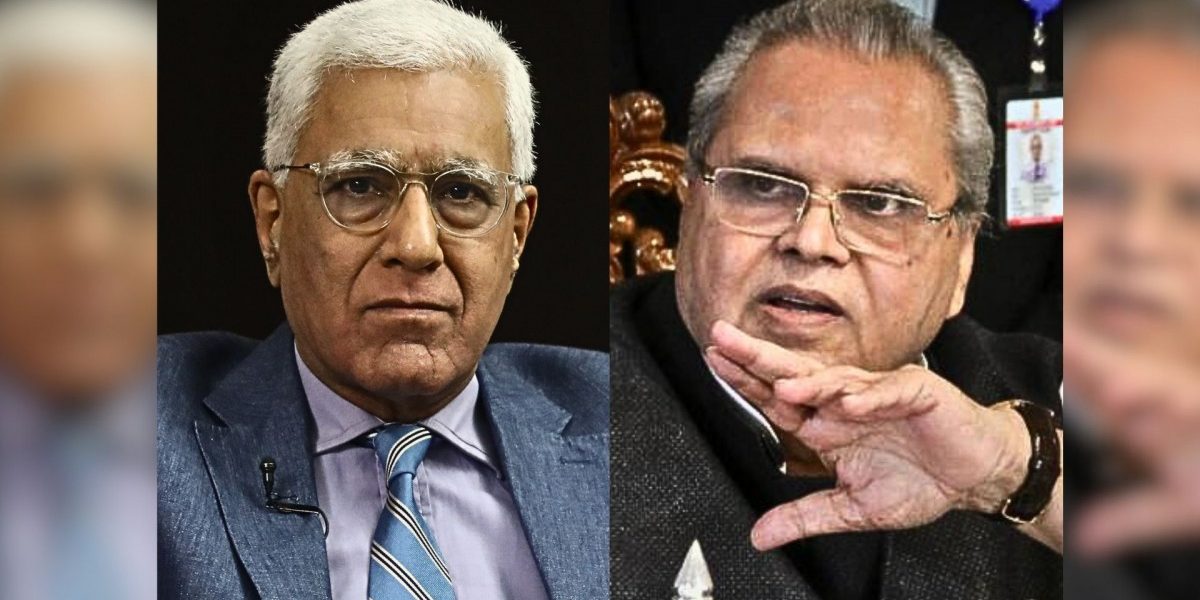Kashmiri boy left with 100 iron balls lodged in head after being shot by Indian security forces during protest
 Until four days ago, 16-year-old Hamid Nazir’s life was focused on school exams and his hopes to pass with good grades and move onto high school.
Until four days ago, 16-year-old Hamid Nazir’s life was focused on school exams and his hopes to pass with good grades and move onto high school.
Now, he is a wounded boy lying on a hospital bed in Srinagar, Indian-held Kashmir’s capital, with more than a hundred little iron balls embedded in his head.
The iron balls are described by Indian police as pellets and were shot from close range with a “non-lethal” gun. Several of them hit around his eyes.
“His right eye has impaired vision because of the pellets that have hit him and we think that he can no longer see with that eye,” Dr. Waseem Rashid, an ophthalmologist at the Jhelum Valley College hospital in Srinagar, told Anadolu Agency. “We had operated on it on Saturday but because of the pellets, he has had a vitreous hemorrhage. So for now, he is blinded in one eye and we are hopeful about the other.”
Nazir lies asleep on a corner bed in a hospital ward with his family and friends sitting around him. His eyelids are swollen and purple and his face pockmarked by scores of bloodied pits where the pellets have hit him.
Nazir’s X-ray reveals more than a 100 pellets lodged in his face, ears and head, and doctors say that some of them have also penetrated into his brain tissue.
“But as with most other pellet injury cases, it is his eyes that are the worst hit,” Rashid told Anadolu Agency.
Nazir was hit by pellets last Thursday near his home in Palhalan village in northern Kashmir’s Baramulla district, during a clash between civilian protestors and teams of Indian police and paramilitary forces.
The protests were meant to commemorate the 25th death anniversary of slain Kashmiri leader, Mirwaiz Moulvi Farooq.
“He left home in the evening to see if the tuition [centers] were open that day and soon after he left, we heard at around 6.30 that he had been wounded by pellets. But we did not expect to see what we saw,” Yasin Gazi, Nazir’s cousin brother, told Anadolu Agency. “There was blood and pus oozing from everywhere on his face and I swear we did not recognize him.”
The Inspector General of Police in Kashmir, Javed Gillani, was quoted in a local Kashmiri newspaper saying that Nazir was part of the protests and was trying to drag one of the policemen out of his vehicle.
Gillani defended the use of the pellet guns, saying “the policeman had no choice but to fire pellets at him.”
“How can a deterrent be set then? How are stone throwers to be stopped,” Gillani was quoted saying in The Kashmir Reader newspaper.
The use of pellet guns in Indian-held Kashmir became common after 2010 mass protests, in which the Indian Armed forces shot dead more than 120 Kashmiri civilian protestors and wounded several hundreds.
After the outrage over the deaths, the Indian Government called for the use of non-lethal weapons like pellet guns, tear gas and grenades that use one of the world’s hottest chilies as an irritant.
However, during the 2010 protests, doctors cast doubts on whether the pellets were actually non-lethal, when injuries killed two Kashmiris, Irshad Ahmad Parray, 11, and Yasir Rafiq Sheikh, 28.
A pellet cartridge, police officers say, holds around 500 small iron balls known as pellets, and when fired, they immediately disperse hitting many in a crowd.
“But in most of the case that come to us, the victims have been fired at from a close range and often it is their upper body which is aimed at,” said Dr. Rashid.
According to doctors in various hospitals in the Kashmir valley, more than 800 people, mostly boys and young men aged between 14 and 30, have been hit by pellets in their eyes since 2010.
“In almost 65-70 percent cases of pellet injuries to the eyes, there is a loss of vision in one or sometimes even both the eyes,” a senior ophthalmologist in Kashmir said.
Human right campaigners claim that the Indian government has completely clamped down upon dissent in Kashmir and has allowed its soldiers to use disproportionate force on civilian protesters.
“The soldiers know that they will get away with it, even if the boy is killed. It has happened so many times in the past. It is not only about individual cases and actions by the soldiers, but it is a systemic manner in which the Indian government is clamping down on dissent here,” Parvez Imroz, a senior human right lawyer and the head of Coalition of Civil Society, told Anadolu Agency.
“The Armed forces have killed and disabled thousands of young boys over the years and they know that no one will punish them for it,” said Imroz.
Kashmir, a Muslim-majority Himalayan region, is held by India and Pakistan in parts and claimed by both in full.
The two countries have fought three wars – in 1948, 1965 and 1971 – since they were partitioned in 1947, two of which were fought over Kashmir.
Since 1989, Kashmiri resistance groups in Indian-held Kashmir have been fighting against Indian rule for independence, or for unification with neighboring Pakistan.
More than 70,000 people have reportedly been killed in the conflict so far, most of them in Indian Armed Forces counter-insurgency operations. India maintains more than half a million troops in the disputed region.



